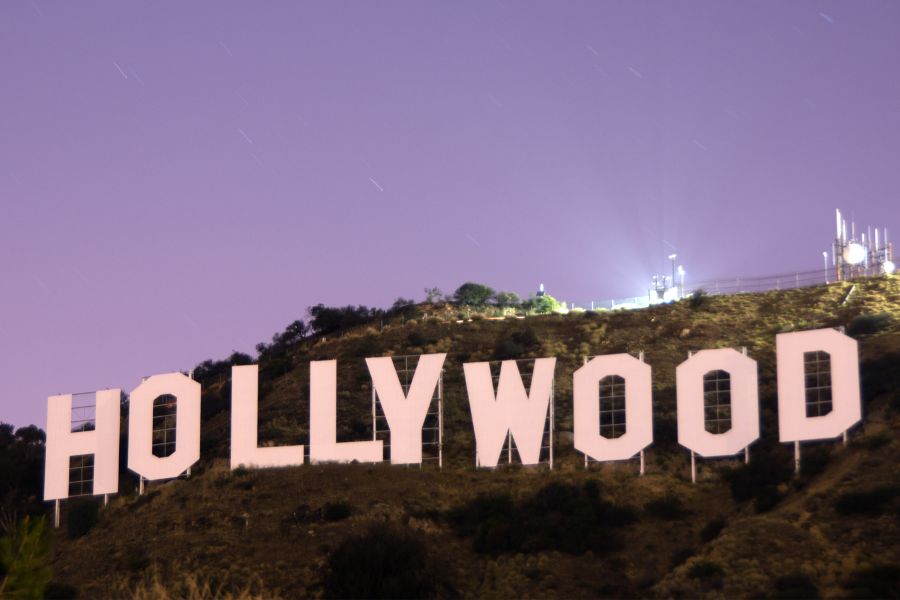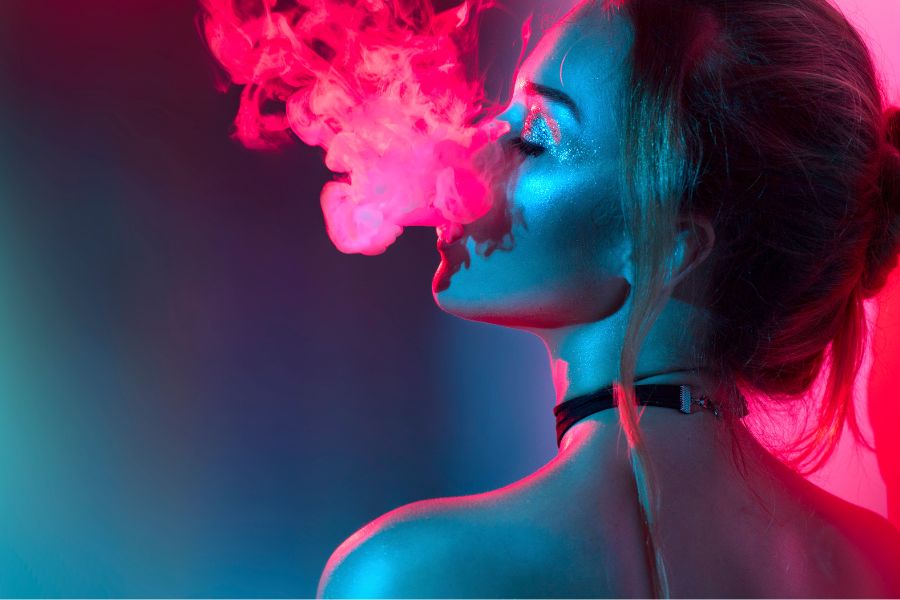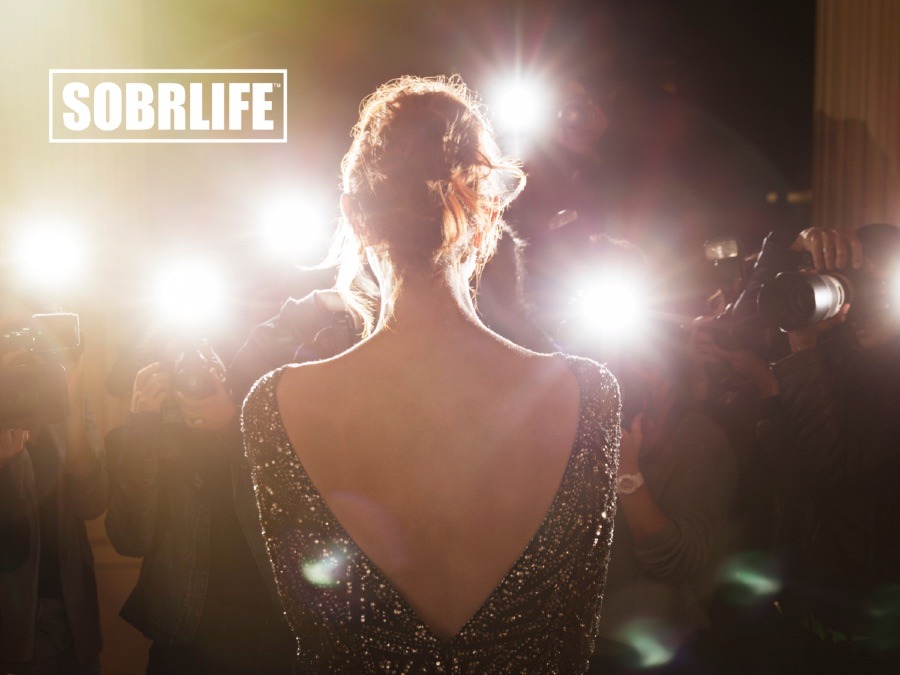Does Hollywood Promote Drug Use?
A Guide to Drug and Alcohol Use on Film and TV from SOBRLIFE
It isn’t hard to find a Hollywood film or television show that features drugs. In fact, sometimes it can be hard to find a film that doesn’t mention drug use of some kind. While drugs may get plenty of screen time, the portrayal isn’t always accurate.
But does Hollywood promote drug use? The real answers are a little more nuanced than one might expect, and we think you’ll be interested to hear there’s quite a bit to the whole story.
Our latest guide from SOBRLIFE Clothing will take a closer look at what Hollywood and entertainment industry gets right, and wrong, about drug use, so stay tuned for our latest resource, and be sure to stick around to shop our latest clean and sober clothing lines today!
Drug Abuse Demographics: Reality vs Tinsel Town

One of the biggest misconceptions about drug use portrayal in Hollywood has to do with demographics. Rather than accurately reflecting the ages, races and genders of drug users, movies and television shows about substance use tend to stereotype. Not only is this inaccurate, it can be misleading to those watching from home.
For example, men are routinely drug users in film and television. This is a crutch of writers, who tend to view men as more likely to use and abuse drugs. While men are slightly more likely to use illegal and prescription drugs than women, it is more equal than Hollywood would have us believe.
Drinking and Drug Stereotypes are Magnified on the Silver Screen
There is also ageism at play when it comes to drug and substance use disorder, and addiction. Drug addicts in Hollywood productions tend to be young adults, and often teens. It is rare to see a middle-aged mother struggling with an opioid addiction or a senior citizen hooked on painkillers. Of course, addiction can strike at any age, and no demographic is free from risk.
There is also a lot of stereotyping with regard to who is using what drug. Young people are portrayed as using marijuana, while bankers are portrayed as using cocaine (usually without the risk of cocaine addiction as well).
Free spirits might use hallucinogens, and those with depression might fight alcoholism. Once again, these stereotypes don’t always portray the reality of drug and substance use and abuse accurately.
Does Hollywood Promote Drug Use as Rebellion?
Hollywood also portrays drug use as a form of rebellion. This may be rooted in a bit of truth, but it also adds to the intrigue and excitement of drug culture. In reality, drug use is far from youthful and carefree, and is instead steeped in controversy and negative consequences.
Many movies show drug and alcohol users as the cool kids, or those with a devil-may-care attitude. Drug users in film and TV might be the students in college who don’t conform to social pressure or who march to the beat of their own drum.
When Substance Abuse is Seen as Cool
This portrayal is dangerous because it might teach viewers that drug use is somehow tied to rebellion or independence. Drug use is, technically, acting out against authority. More than that, however, it is acting against one’s own best interest.
Using drugs and alcohol most certainly doesn’t make a person more creative, original or independent. It does make them less healthy, less intelligent and more dependent on others. Having to face an addiction and rely on the help of friends and family is the furthest thing from a carefree, lone-wolf lifestyle. Yet many Hollywood creations perpetuate the image of drug users as outside of social and societal norms.
The Perceived Glamor of Drug Use in Many Movies

Drug use in Hollywood is often seen as black or white. One extreme is showing drug use as glamorous, fun, and a toy of the extremely wealthy. Of course, the reality of drug use is often far less glamorous, but that side of addiction makes it to the screen a lot less often.
Drugs and illicit substances can be found in all types of movies and television shows. Often, the settings for drug use include nightclubs, loft apartments and beach mansions. Drug use is treated in the same way as bottles of expensive champagne–a glamorous option that indicates an upscale life.
The kinds of people shown as drug users can include models, actors and celebrities. Drug users tend to be portrayed as rich, powerful and beautiful. In this light, those watching from home might start to really believe in the false glamor and appeal of drug use. This is an incredibly dangerous thing, since drug and alcohol addiction itself is perhaps the least attractive or glamorous illness on the planet.
Less glamorous, and less widely shared, is the fact that many famous people have chosen to pursue sobriety, often successfully and to the great benefit of their lives and loved ones (not to mention adoring fans!)
The Myth of Drug Use Without Long-term Consequences
One of the biggest lies Hollywood tells about drug and alcohol use is that it can come without consequences. Drug use is sometimes treated like moderate alcohol use, with consequences ranging from nonexistent to a mild hangover. The true consequences of drug use and addiction can be life-changing, and not for the better.
For example, drug users in movies and television shows might still hold down full-time jobs and be successful. While possible, this is rare. Chronic drug use can impact mental health and cognitive function, and work productivity will likely decline as a result.
Drug users are also shown in television and movies as using drugs without the risk of addiction. In real life, it is impossible to know when a physical dependence on substances will form. Nearly one-quarter of all heroin users, as just one example, will become addicted. You wouldn’t know that from Hollywood’s portrayals.
Drug Addiction With No Hope in Sight: Another Hollywood Myth
Just as damaging as portraying drug use as glamorous, is portraying drug abuse and addiction as hopeless. Often, a plot point revolves around a person struggling with addiction who can’t ever achieve recovery. For the sake of a movie or a television show, that might make sense. In reality, addiction never has to be a permanent condition.
Relapse is a big issue, and that is visible both in real life and in the productions from Hollywood. However, relapse isn’t a guarantee. While relapse can happen for any number of reasons, it often happens when patients don’t get the right level of addiction treatment. It can also happen if patients in need of dual diagnosis care don’t receive that appropriate diagnosis.
Getting Real About Drug Abuse and Drug Addiction
In the real world outside of the film and television screens, it is definitely possible to recover from substance abuse and addiction. The journey is a challenging one, and it takes both time and effort, but it is a possibility. Hollywood often misses the inspiring stories that are true to life, showing how people overcome addiction and achieve lifelong recovery.
Hollywood might create entertaining movies and television shows, but their depictions of drug use are far from accurate. In real life, drug use is three-dimensional, but addiction treatment is always available to those abusing drugs to help aid in recovery.
Staying Tuned to the SOBRLIFE for More Insights and Resources

With the latest collections from Hope Fiend and SoberVerse available for delivery nationwide, and regularly updated resources on SOBRLIFE.com, those seeking to shatter the stigma surrounding addiction and recovery in style have found a new site and community to love!
Bookmark us and follow the SOBRLIFE movement across social channels today, and stay tuned for much more coming from our dedicated crew, from the latest fresh and clean looks in sober clothing to impactful guides on all things related to sobriety!

